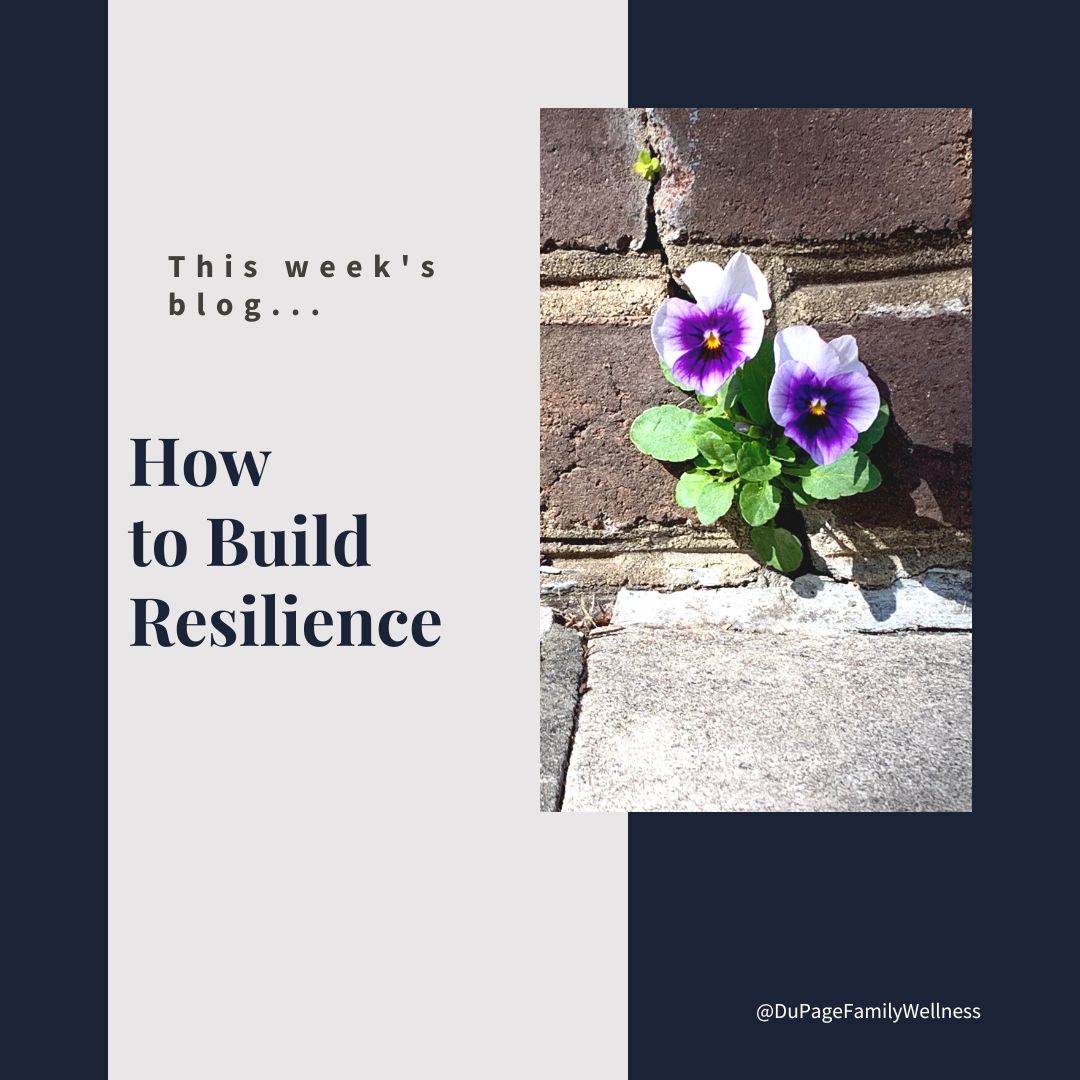 Resilience is the capacity to recover quickly from difficulties. It is what allows you to bounce back from challenges. There is no way to prevent all hardship, but we can build resilience so when trouble comes we can recover in the best way possible.
Resilience is the capacity to recover quickly from difficulties. It is what allows you to bounce back from challenges. There is no way to prevent all hardship, but we can build resilience so when trouble comes we can recover in the best way possible.
We see this principle in nature all the time. In the animal kingdom, diversity keeps the different populations in check and protects our ecosystems. Rotating crops protects the soil from becoming depleted.
In order to build resilience, we need to establish diversity in our lives. It makes us more resilient physically and mentally. This helps our bodies heal more fully and makes us more capable of moving through trials in a healthy way.
Let’s explore some areas in our lives that would benefit from diversity.
Diversity in our Diets
We need to eat a variety of foods to ensure we get the right combination of vitamins, minerals, and phytonutrients. Even if you are eating healthy food you need diversity; it’s not enough to eat chicken and broccoli all day.
A diet consisting of an assortment of healthy food supports the different types of gut bacteria. It is necessary for each microbial species to be taken care of in order to have a balanced microbiome. Imbalances in the gut can lead to health problems throughout the body.
Step outside of your comfort zone and try to…
- eat the rainbow - have fruits and vegetables of every color throughout the week.
- eat a variety of protein - chicken, beef, eggs, fish, and shellfish.
- eat different parts of the animal - organ meat is the most nutritious part of the animal; liver is like nature's multivitamin.
- drink bone broth - it has a different amino profile than muscle meat and is incredibly nourishing to your gut lining, skin, hair, nails, and joints!
Diversity in our Movement
It is best to use a variety of full-body movements. Repetitive movements will make you prone to injury while limiting the mobility and strength that you would likely gain through more diversified movements.
Katy Bowman, the author of Move Your DNA, believes we need a variety of movements. She equates diversity in movement to getting movement "nutrients."
Step outside of your comfort zone and try to…
- go barefoot outside on irregular surfaces - those tiny foot bones will get some movement instead of being trapped in a shoe on flat grounds.
- get out in nature- hike off the beaten path or climb a hill.
- ditch the couch - sitting on the floor will engage your core.
- play like a child - incorporate movements you did as a child (running, chasing, climbing, or swinging).
- participate in sports - most sports will give you much more variety of movement than simply going for a run, a walk, or working out on an Elliptical.
- mix up exercise routines - some days lift heavy things focusing on body weight movements. Do mobility work on other days. Remember to use your whole body.
Listen to your body, and take breaks when necessary. Remember, movement doesn't just count when you are exercising. All your movement counts.
Diversity Emotionally
It is normal and natural to feel all different kinds of emotions. It shows that you are in touch with your inner world. People who aren’t able to feel a full spectrum of emotions are often stuffing their difficult ones. This can lead to depression, anxiety, resentment, as well as a host of physical problems.
Allowing a variety of emotions to be experienced can help you move through the difficult ones more effectively. This creates emotional resilience that you can’t get if you only allow yourself to feel “good” emotions.
Step outside of your comfort zone and try to…
- journal - taking time to write what we experience and feel can bring up emotions lingering under the surface.
- write a letter - writing a letter to someone you are in conflict with can clarify your feelings about the situation. It is especially helpful if you don’t intend to send it, so you don’t feel the need to filter your thoughts.
- check in with yourself - setting alarms throughout the day to see what you are feeling in your body can help you get in touch with your inner world. Is there tension in your shoulders, heaviness in your chest, or a pit in your stomach?
- talk with a trusted friend - talking with a friend can help you put your feelings into words. Friends who are curious about your experience may ask questions that help you explore your emotions at a deeper level.
Diversity Relationally
When we only have one person we expect to “be everything” for us, it can put a lot of pressure on the relationship and lead to an unhealthy dependence. On the other hand, having a diverse group of friends often creates resilience and leads to rich relational experiences.
Step out of your comfort zone and try to…
- join a book club
- go to an event through the Meetup app
- talk to a neighbor
- call an old friend
- get involved in a faith community
- volunteer at your kid’s school
- find a community service opportunity
Diversity enriches our lives making us more resilient physically, emotionally, and relationally. What areas would you like to develop more resilience? How could diversity help you build it?
Dr. Jamie
*As an Amazon Associate, I earn a small commission from qualifying purchases made through the links.

